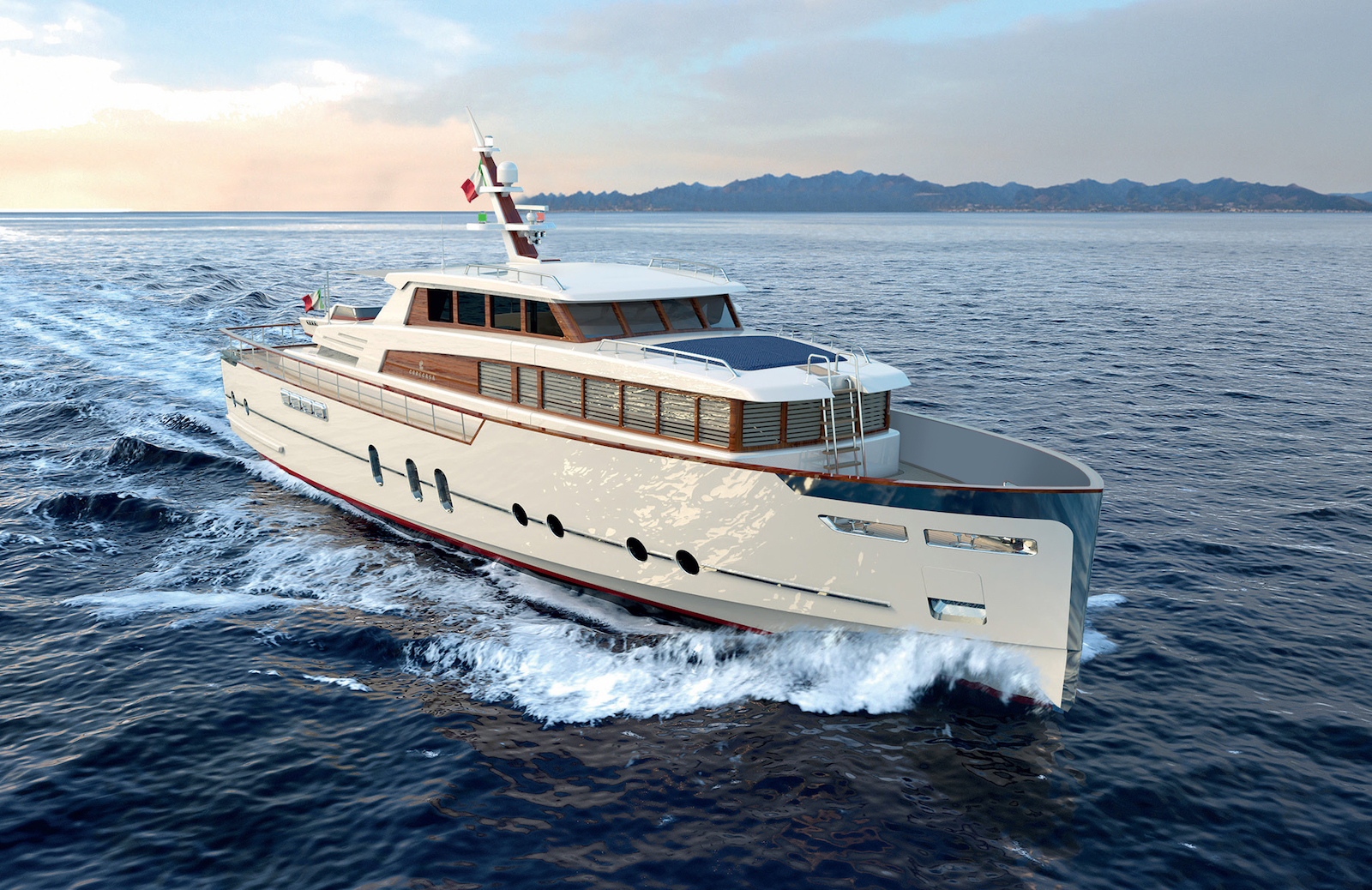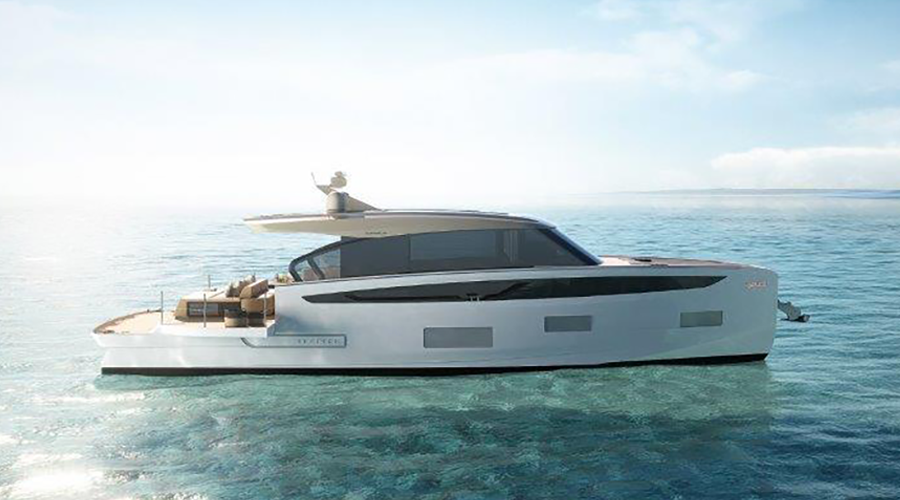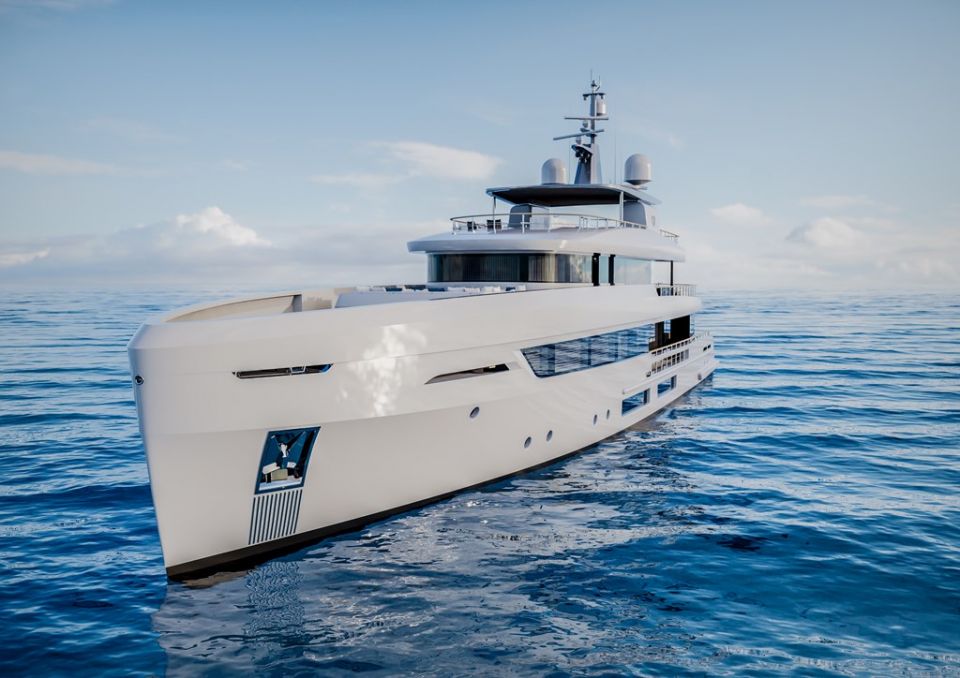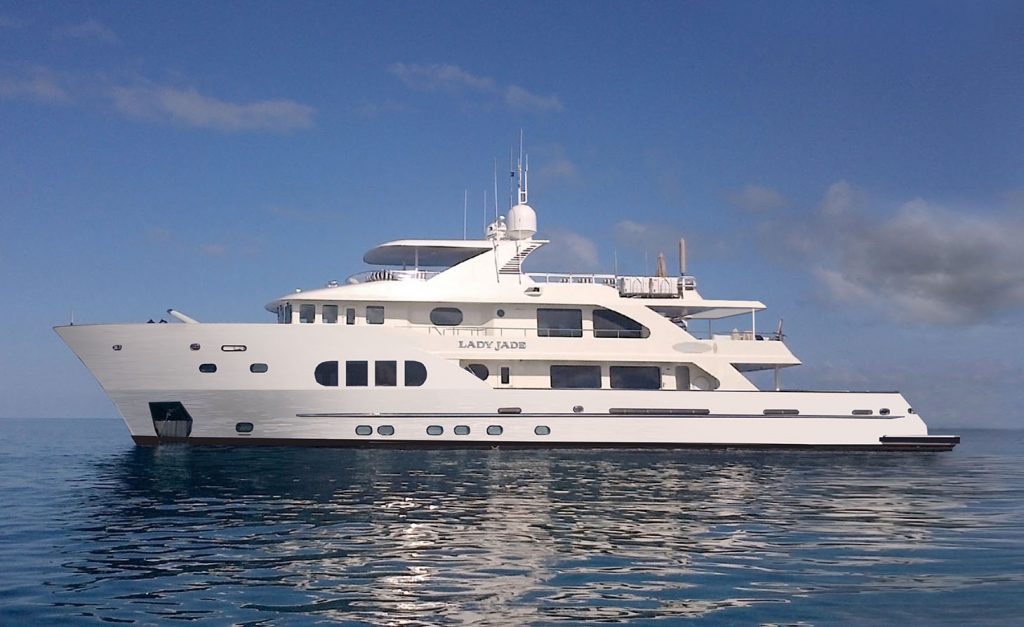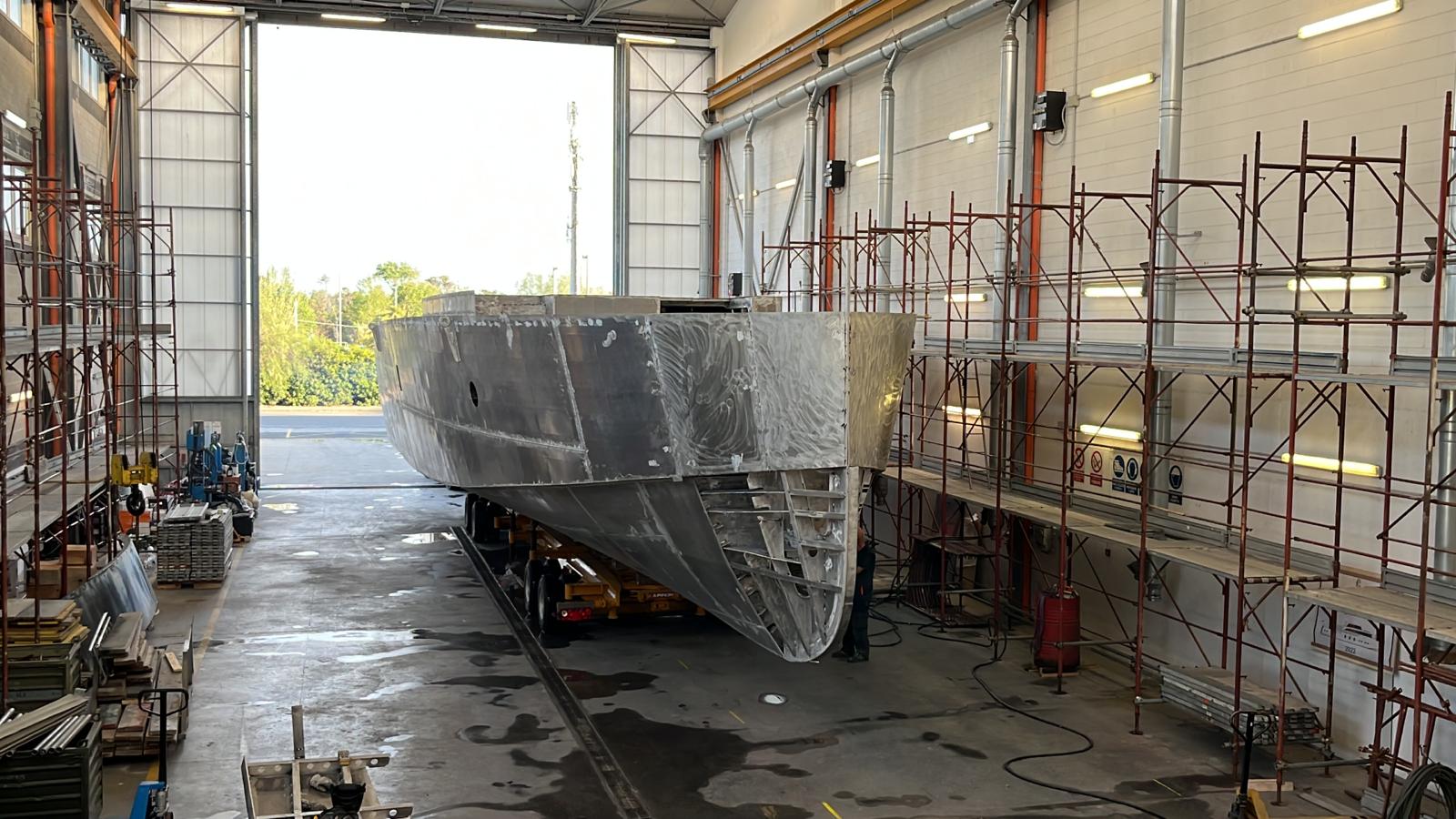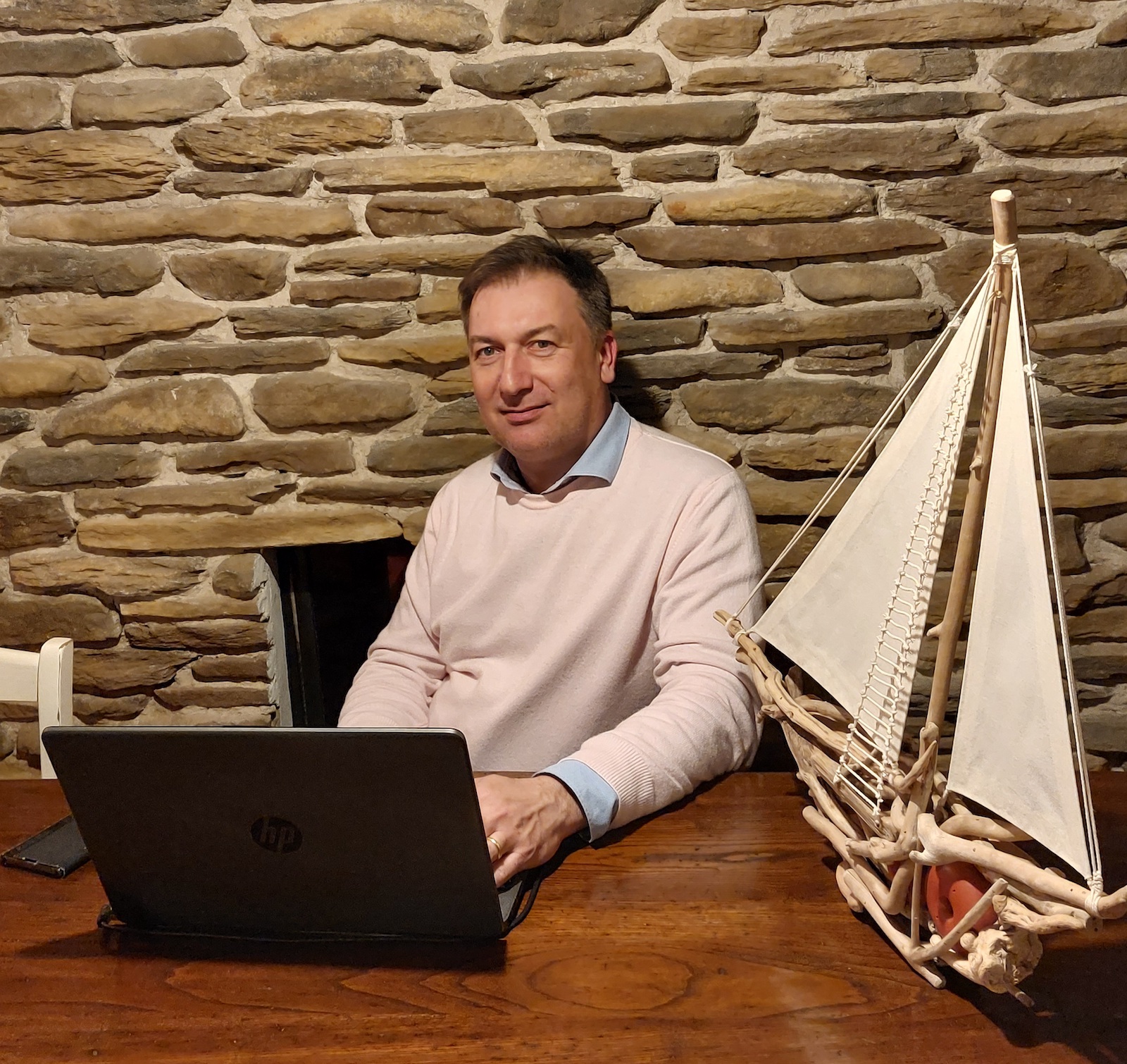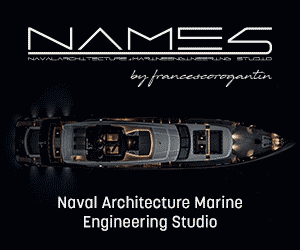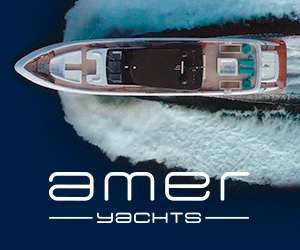Francesco Rogantin talks to DN: “Technology will make boating even greener”
The founder of Names, Francesco Rogantin, talks to Daily Nautica about challenges, innovation and his vision for more sustainable boating
The founder of Names, Francesco Rogantin, talks to Daily Nautica about challenges, innovation and his vision for more sustainable boating
Francesco Rogantin, founder of Names studio, specialising in architecture and naval engineering, is known for his skill in combining aesthetics, functionality and sustainability in his designs. His work ranges from luxury yacht design to implementing eco-compatible technology, whilst always keeping it simple and efficient.
In our interview, we talk about the challenges for the industry, some of his recent experiences and his vision for a greener and more innovative boating industry.
For those of us who don’t know, could you explain what naval architecture is and what the main challenges and responsibilities are?
Naval architecture is a field in naval engineering that focusses on designing the shape of the hull, studying the hydrostatic characteristics, watertightness and manoeuvrability of a ship. There are many challenges, but for yachts, specifically, we need to work on bringing together multiple requirements for the design, materials, structures, etc, all while trying to keep essential architectural elements under control, in order to make the design work, which is also often part of the contract requirements.
“Whether it is propulsion, plumbing or structure, the fundamental requirement is always simplicity”, this is your studio philosophy. How do you keep increasingly complex products like superyachts, simple?
These objectives obviously require attentive and meticulous work, while also keeping an eye on the overall design. In our studio, we focus on modular and easily accessible solutions, using materials and technology that guarantee reliability, easy maintenance, and we tend to use integrated systems to reduce complexity. Our philosophy is that a simple design does not mean giving up functionality or quality, but streamlining each element to guarantee efficiency and ease of use. We try to apply this concept, for example, also to structural design: often a simple structure, that is also beautiful to see, is also the one that works best.
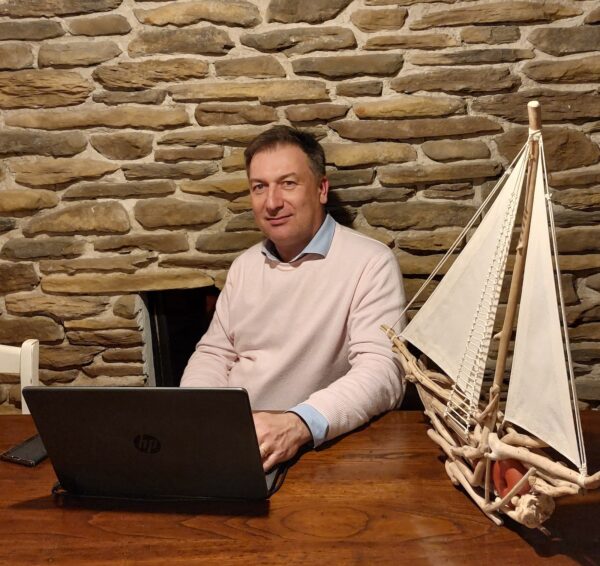
The naval architect needs to make sure that the vessel is safe, well-performing and functional. We work closely with designers to ensure that every aesthetic aspect is integrated with technical functionality. This collaboration is possible through continuous communication and teamwork which appreciates each party’s skills, guaranteeing that aesthetics and functionality complement each other. Our philosophy is also to give the designer as much space as they need, limiting any constraints during the elaboration of the design. We obviously also give ourselves a few limits….
Recently, your studio worked on a refitting project that included lengthening the hull of a yacht. What were the challenges faced during this project and how did you overcome them? How were aesthetics and performance maintained or improved during the lengthening process?
Refitting a yacht brings on a number of challenges, including the need to keep structural integrity and original performance, if not improve them, as is often asked in this type of job. We have worked on a number of similar refitting projects, but this last one was particularly complex and challenging, because it also included extending all the decks as well as adding new systems and equipment on board. For this reason the preliminary feasibility study was particularly in-depth and demanding, in particular in regards to the structural calculations and stability and performance evaluation, where we also used CFD simulations.
Your studio has also worked on a number of projects aimed at hydrodynamic efficiency in order to reduce consumption and protect the environment. One of the most recent is the Seadeck 6 by Azimut Yachts, where you curated the naval architecture and structural design. Is it truly possible to have greener pleasure boating today?
I truly believe that greener boating is not only possible, but is necessary. With the Seadeck 6 by Azimut Yachts we proved that hydrodynamic efficiency, meticulous design and the use of eco-compatible technology can significantly reduce consumption and environmental impact. We used recyclable materials and advanced propulsion systems to reduce emissions. But a lot of the success of the design is due to reducing weight, which must be done without compromising structural strength. For all of these aspects our work with Azimut’s R&D was constant throughout the months we were designing, and thanks to their experience we made what I believe is one of the biggest steps in the last few years toward the eco-sustainability of a vessel. The biggest challenge is raising awareness in the entire sector about more sustainable practices, but technological progress helps us look more optimistically to a greener future for pleasure boating.
Considering technological development and current trends, what material do you think is most promising for the future of pleasure boating? What advantages does it offer compared to traditional materials and what challenges could these present in terms of design and construction?
Some of the most promising materials for pleasure boat building, in regards to structure are certainly composites of natural or recycled origin. Using these materials requires investment in research and development, but the long term benefits in terms of performance and sustainability are undeniable. I’m also in love with using wood in building and we have, and are still, working on a number of different designs using this material.
With the BIIM you have demonstrated that it is possible to integrate diesel-electric-hydrogen in a small boat, obtaining a more environmentally sustainable, comfortable and safe navigation. Is it possible to apply this model to larger pleasure boats?
The diesel-electric-hydrogen integration model we experimented with in the BIIM can certainly be applied to pleasure boats and other sectors. This technology offers significant advantages in terms of emission reduction and improving energy efficiency. We are exploring the possibility of applying this solution to larger yachts and commercial ships, with the aim of promoting a transition to more sustainable and environmentally way of sailing. Unfortunately, at this time, the biggest limits on spreading this technology are absurd administrative limits, dictated by the slowness in looking for solutions for obvious safety problems that these new applications can bring. In addition, obviously, to limits due to logistics, as we have also seen with the rise in popularity of electric cars.
Is it possible to integrate exclusive hydrogen technology on a yacht or mega yacht? What are the benefits and problems?
Integrating exclusive hydrogen technology on yachts and mega yachts is an ambitious challenge but it is doable, even though it will take some more time. The benefits we will have include a significant reduction in carbon emissions and improved energy efficiency. However, the main problems are the safe storage of the hydrogen, the necessary infrastructure for resupply and the high cost of the technology. In spite of these challenges, the technological progress and the increased attentiveness to sustainability are making hydrogen a more practical solution for the future of boating.
Topics: Names
